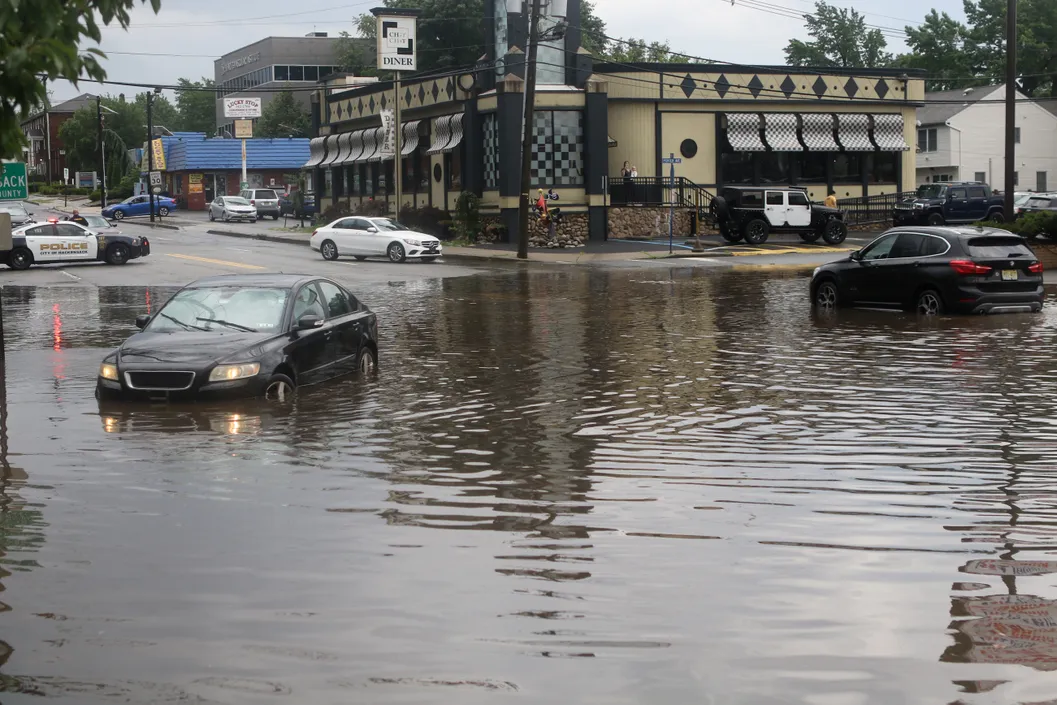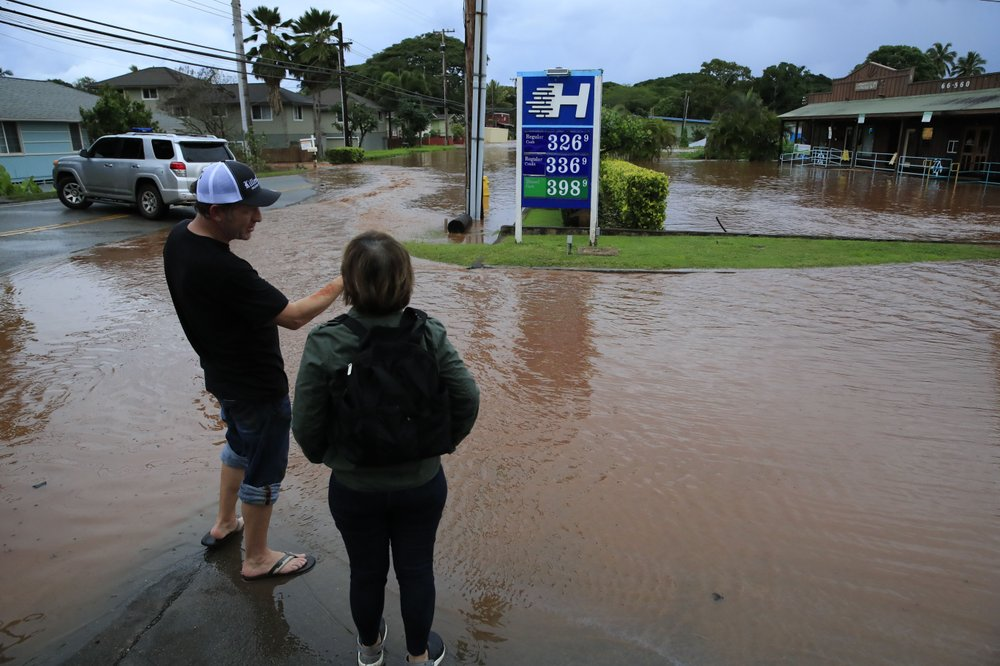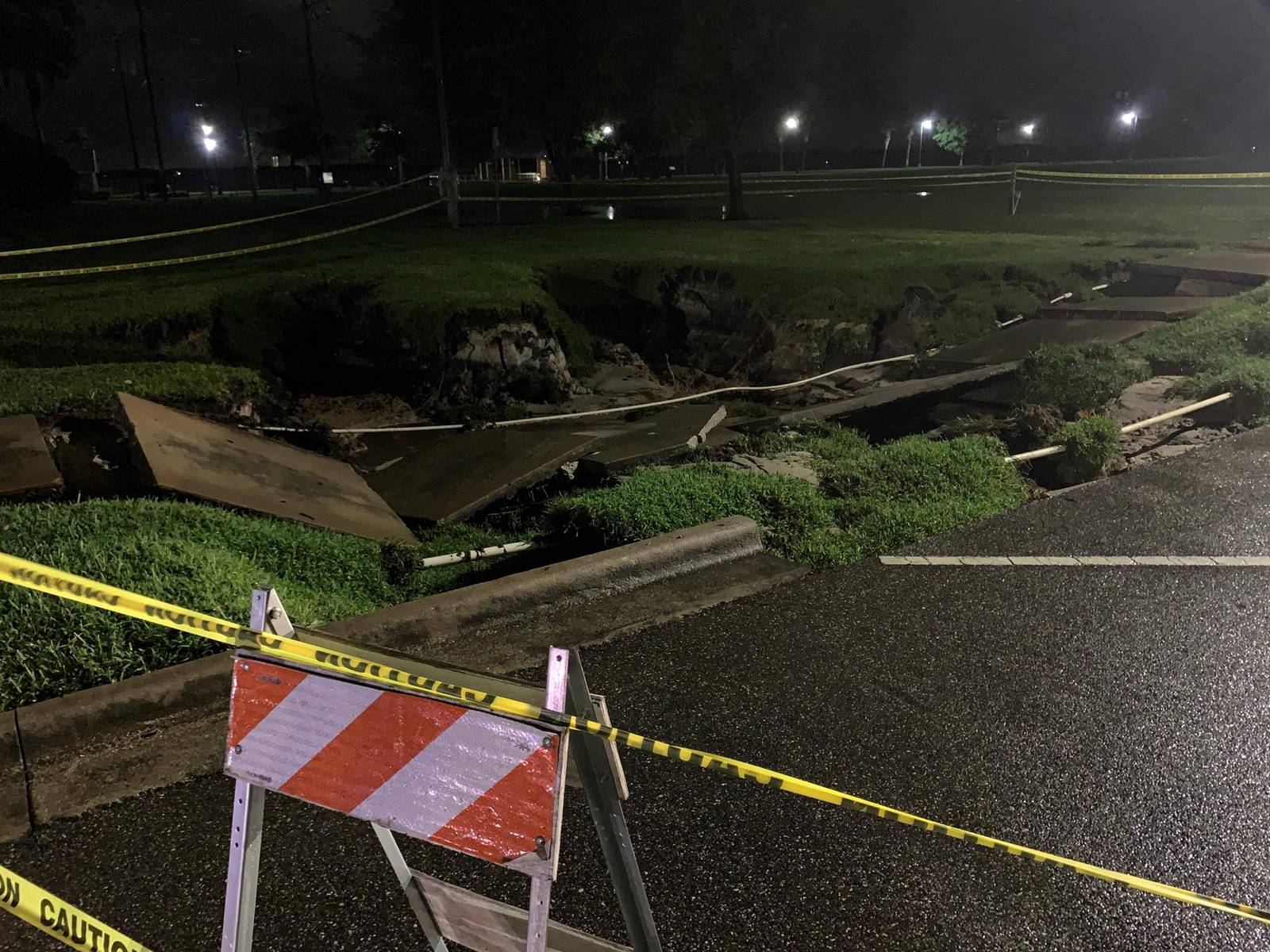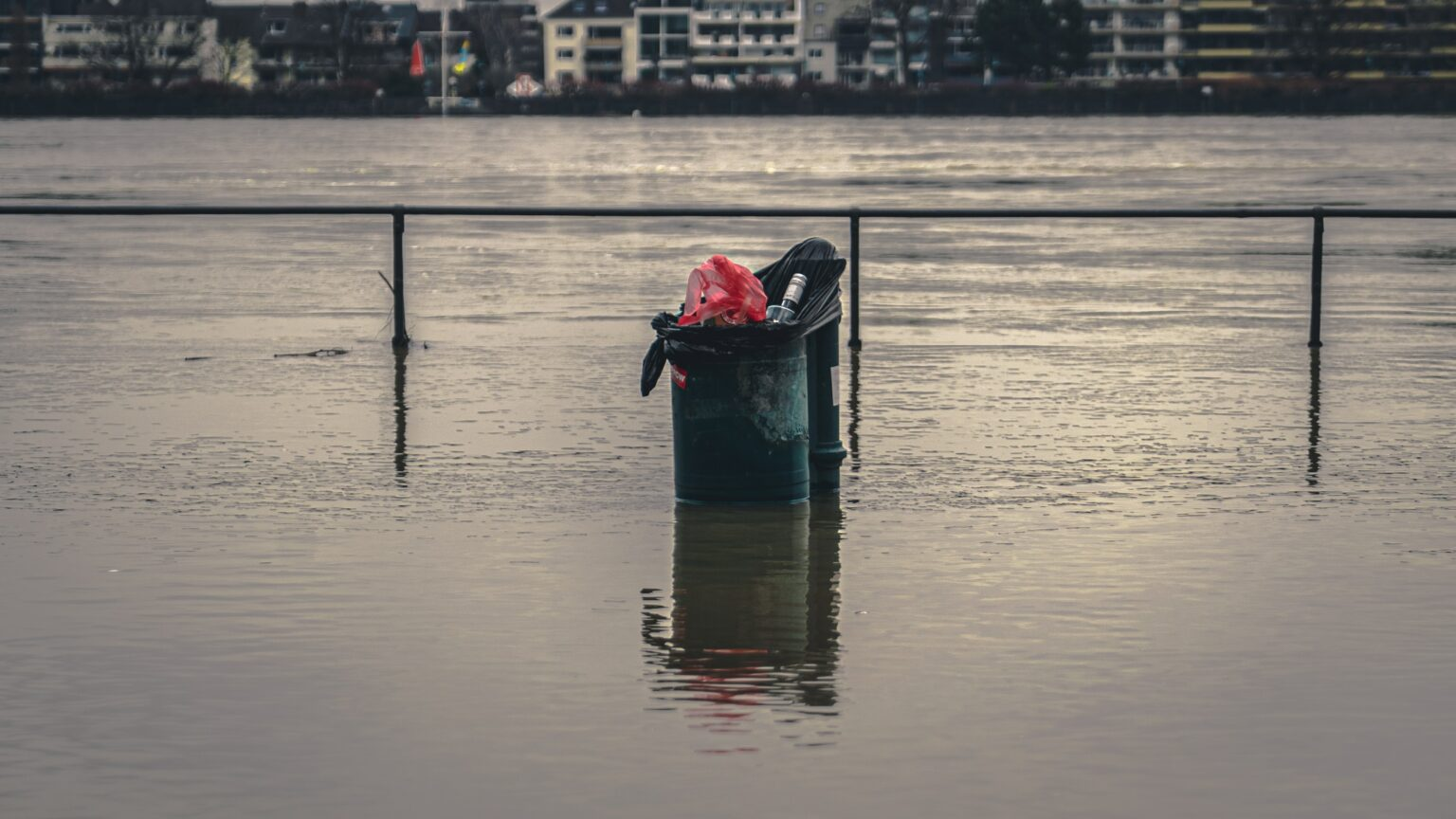The Only Fiscally Responsible Choice Is Bold Climate Action Now
This week, the House of Representatives is returning to session and Democrats are expected to hold a final vote to pass the most significant climate legislation in U.S. history: the Build Back Better Act (BBBA). The BBBA is the core of President Joe Biden’s legislative agenda, and is supported by more than 60% voters across the country. The bill will create millions of new good-paying union jobs and make a transformational down payment on America’s clean energy future—but only if Democrats pass it.
Despite the fact that the BBBA is fully paid for, a handful of Democratic holdouts have delayed passage of the bill to await further information from the Congressional Budget Office on how the bill will impact the federal deficit. Meanwhile, back home in their districts, the constituents of these Democratic holdouts are already contending with the rising costs of climate impacts and threats posed by the climate crisis to critical infrastructure and local industry.
“We don’t need to wait on a CBO report to know that the American people are already paying the price of climate inaction, and those costs are skyrocketing,” said Evergreen Action Campaigns Director Lena Moffitt. “The Democratic holdouts can see the economic damage of climate change in their own backyards: from ‘rain bombs’ on Oahu, to the threat to lobstering jobs in Maine, to a historic heat wave in Oregon.
The House Democratic holdouts must keep their word and vote on the Build Back Better Act this week. Voting for bold climate action is the only fiscally responsible option.”
This year, we’re on track to break the record for the most billion dollar climate disasters in a single year—and that record was set only last year. Here’s a roundup of just a few examples of how the constituents of Democratic holdouts on the BBBA are already paying the price of climate inaction:

![“Dave Cousens has benefited from the lobster boom but said he was concerned about the future of the business.” [New York Times, 6/21/18]](/press/image/Golden-Maine-Fisherman.png)



